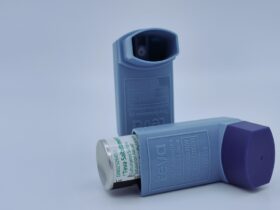Home insurance is a crucial safety net for homeowners, providing peace of mind against unexpected events. However, filing a claim can often lead to higher premiums. Understanding the most common home insurance claims and taking steps to prevent them can save you money and hassle. Below, we explore typical claims and offer tips for avoidance.
Water Damage
Water damage is one of the top reasons homeowners file insurance claims. This can arise from burst pipes, leaky appliances, or external flooding. To prevent water damage, regularly inspect pipes and appliances for leaks and consider installing a water leak detection system. Keep gutters clear and ensure proper drainage away from your home’s foundation to reduce the risk of external water seeping in.
Fire and Smoke Damage
Fires, often resulting from kitchen accidents or electrical malfunctions, can cause extensive damage. To minimize fire risks, never leave cooking unattended, regularly check electrical wiring, and keep a fire extinguisher handy. Installing smoke detectors in key areas and checking them monthly are also critical steps in fire prevention.
Storm Damage
Severe weather, including hail, wind, and lightning, can wreak havoc on homes. While you can’t control the weather, you can fortify your home by ensuring roofing materials are up to standard and trimming trees that might fall on your house. Installing storm shutters can also offer extra protection against high winds and flying debris.
Theft
Home burglaries, although less frequent thanks to better security systems, still pose a significant concern. To deter thieves, install a robust home security system, keep doors and windows locked, and ensure your home appears occupied when you’re away by using timers on lights and maintaining regular yard upkeep.
Liability Claims
Liability claims arise when someone is injured on your property. Keeping walkways clear, repairing any hazards promptly, and securing areas like swimming pools can mitigate the risk of accidents and, subsequently, liability claims.





































